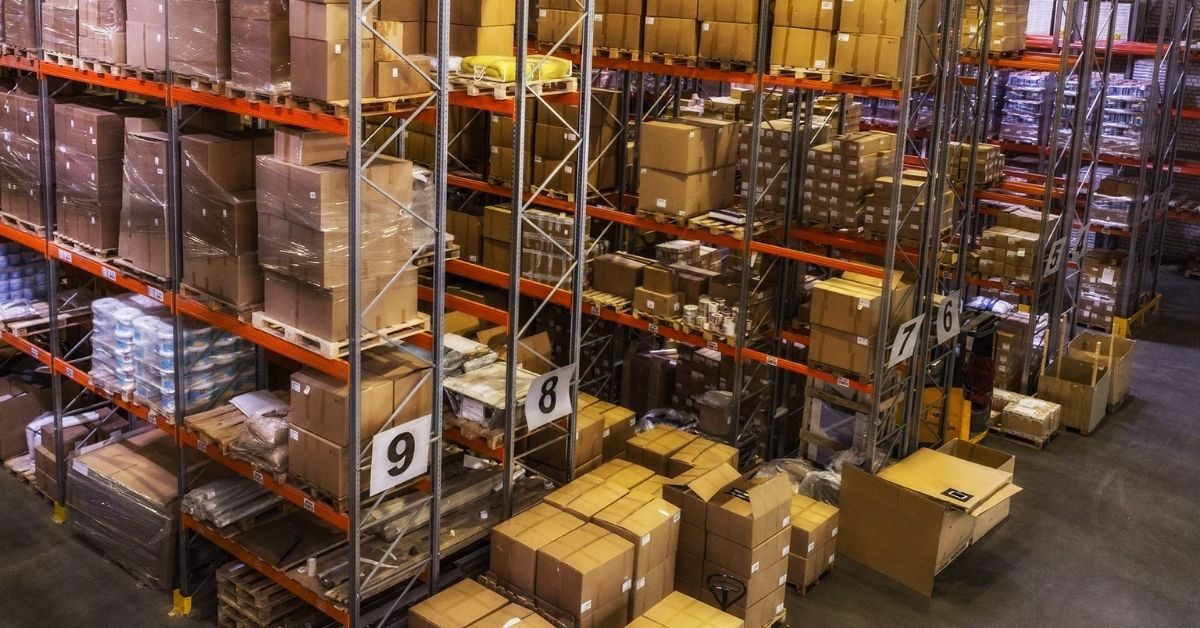Leading global professional services firm Alvarez & Marsal (A&M) released a detailed report, ‘Building Warehousing Competitiveness: Unlocking Growth through Intelligent Warehousing’ during a one-day conference organized by the CII Institute of Logistics. A&M’s report highlights the evolving trends shaping India’s warehousing landscape and the forces fueling unprecedented growth in logistics infrastructure.
The evolution of India’s logistics and warehousing sector towards sophisticated logistics parks is emblematic of its crucial role in driving the nation’s economic success. As showcased in its report, Alvarez & Marsal India estimates that the demand for Grade A warehousing stock will grow at a compounded annual growth rate of 12.5 percent until FY30. At present, up to 70 percent of Grade A demand comes from Delhi NCR, Mumbai, Bengaluru, Chennai and Pune.
India is witnessing an emergence of high-quality warehousing infrastructure, recognizing warehouses as crucial components in delivering exceptional customer experiences. Sectors which are primarily driving the demand are retail, third-party logistics (3PL) and ecommerce. According to the report, these sectors are projected to contribute approximately 80 percent of the total demand for Grade A warehousing over the next five years.
To meet the demands of a rapidly evolving market, these warehouses are equipped with state-of-the-art facilities and are strategically located near key transport hubs for efficient distribution. With advanced storage solutions and temperature-controlled environments, these warehouses are well-positioned to cater to the evolving needs of various industries, contributing to the overall growth and efficiency of India’s logistics ecosystem.
Manish Saigal, A&M India Managing Director and Business Transformation Services Practice Co-Leader, has said, “The evolution of warehousing in India from simple ‘godowns’ to sophisticated logistics hubs signals a new era of efficiency and resilience in supply chain management. Warehouses no longer serve as a mere storage facility, but rather as multifunctional logistic hubs integral to the seamless functioning of the supply chain and a superior choice for businesses aiming to optimize operations.”
‘Building Warehousing Competitiveness: Unlocking Growth through Intelligent Warehousing’ highlights three pivotal factors driving the transformation of warehousing infrastructure along with determining the size, scalability, role evolution, and ecosystem of warehouses. These are the:
- Evolution of business models and the expansion of product assortments that necessitate warehouses to adapt capabilities enabling storage of a diverse range of products.
- Imperative of balancing faster operations with cost-effectiveness underscoring the adoption of mechanization, automation, and robotics in high-grade warehouses, ensuring competitiveness in terms of pricing and delivery speed.
- Surge in institutional logistics investments, coupled with challenges related to land scarcity, propelling the development of larger and more advanced warehouse facilities forward.







